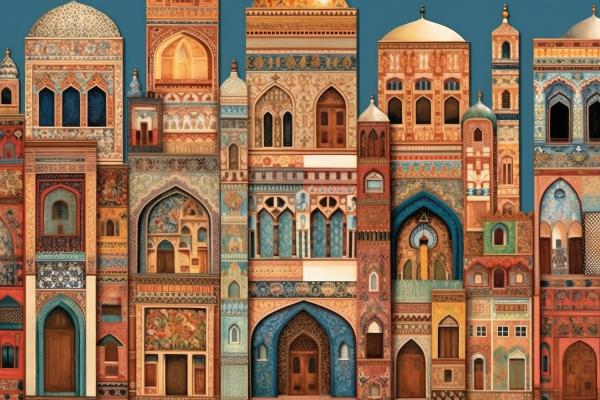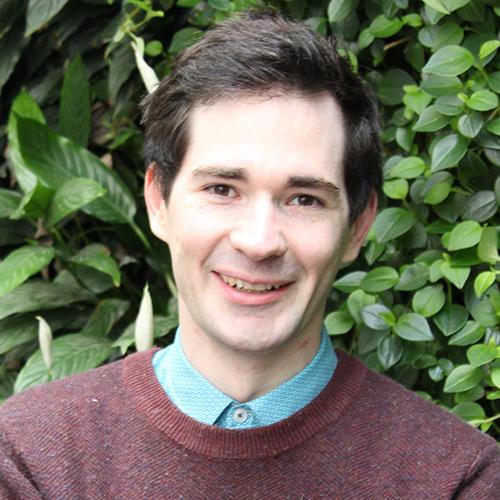
Hunar: Art/Conflict — A Symposium of Art and Art Practices from Zones of Conflict
What does the war in Afghanistan have in common with the colonisation of First Nations people in Australia? According to outcomes from the recent Hunar: Art/Conflict — A Symposium of Art and Art Practices from Zones of Conflict, co-hosted by UTS, it’s more than you might think.
“Communities affected by conflict are commonly reduced to depersonalised narratives of victimhood, and Australian media representations of international conflicts and political violence rarely consider the perspectives of Aboriginal and Torres Strait Islander communities,” says Dr Tim Laurie, a senior lecturer at UTS and a director for the Hunar Symposia, whose members delivered the event.
“There’s a gap both in the ways that communities affected by conflict are represented in Australian media, and in the ways that Australian histories of frontier wars and Indigenous dispossession are understood in relation to international political conflicts.”
The Art/Conflict symposium sought to rewrite these public narratives by using art as a vehicle to drive change. Artists, academics and public audiences from around the world came together to explore themes of conflict, crisis and colonisation, delving into art and art-making practices with a focus on Indigenous communities and others from Afghanistan and South America.
The event, funded in part by a UTS Social Impact Grant, comprised three streams of activity: the Art/Conflict conference, the Missing Time gallery exhibition, and three interactive art workshops.
At the Art/Conflict conference, Indigenous artists, curators and researchers, and artists from Afghanistan, Brazil, Argentina, Hong Kong and India delivered keynote addresses on topics spanning Indigenous aesthetics through to digital politics, sound arts in conflict zones and art censorship from human rights perspectives.
The Missing Time gallery exhibition showcased works from Brazil, Palestine, the Philippines, Argentina, Iraq, Australia and the United States about people who are absent or missing due to conflict.
It revealed the vital importance of stories, archives and objects that tell stories about, or represent, the lives of those who have disappeared and drew thematic links between the colonisation experiences of Indigenous Australians and international stories of state violence.
“One unintended outcome was a striking series of dialogues within the exhibition and in keynotes attached to the exhibition about the very different varieties of ‘censorship’ experienced by these artists, depending on where they were from” Dr Laurie says.
In the interactive art workshops, conference and exhibition, participants were guided by Kaanju and Biri Wirri Elder Aunty Kathryn Dodd Farrawell, members of the Artlords grassroots artist collective from Afghanistan, and Sara Nina, a member of Brazilian art and activist collective Aparecidos Políticos to produce collaborative artworks on themes including Indigenous language sustainability and renewal, and post-dictatorship stories from Brazil.
“These participatory experiences prompted different kinds of cooperation between artists and members of the public across languages, culture and international borders,” Dr Laurie says.
Collectively, the symposium events delivered a wealth of benefits to attendees, including the sharing of knowledge and experiences about the impacts of historical and contemporary conflicts in countries and regions around the world, and the rebuilding of professional, creative and intellectual networks that were interrupted by global pandemic shutdowns.
As well as encouraging dialogue about the conference themes, the event was also designed to appeal to participants beyond academia and to demonstrate the value of university conferences to a broader audience.
“I expected that it would be very heavy academic talks. I loved that there was a beautiful balance of artists and researchers/writers participating,” said one attendee.
These impacts are set to continue beyond the symposium: Hunar Symposia is planning a special issue publication about the event with the academic journal Axon: Creative Explorations.
The problem
Mainstream news media outlets often de-personalise stories of international political conflicts and violence. Centring the voices of those affected by conflict and colonisation in conversations about state-sanctioned violence is crucial to reshaping historical and political narratives and to making meaning from these devastating events.
The response
Hunar: Art/Conflict — A Symposium of Art and Art Practices from Zones of Conflict was a series of art-led events designed to rewrite public narratives about people and communities affected by conflict, crisis and colonisation using art as the vehicle for change.
What helped accomplish this?
This project welcomed artists, academics and public audiences from around the world to engage in a conference, an art exhibition and a series of collaborative art workshops that challenged participants to explore the relationship between art and conflict. The event was supported by academic, community and government partners who provided financial, in-kind and creative support.
What has changed as a result?
The symposium allowed participants to engage across languages and cultures, using art to share and build their understanding of conflict stories from around the world. It exposed a broad audience to critical questions around the role of art in practices in communicating conflict stories and to the value of university conferences and exhibitions.
Download full case study

